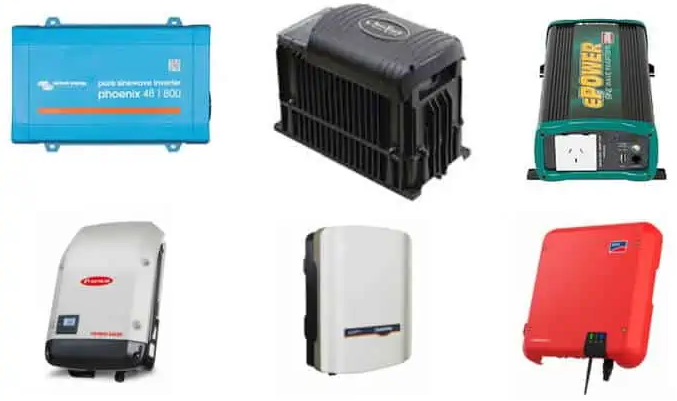An introduction to inverters
An inverter is an electronic device that converts direct current (DC) power into alternating current (AC) power. Inverters are commonly used in a wide range of applications, from powering small electronic devices to providing backup power for homes and businesses.
Inverters are typically designed to convert DC power from a battery or solar panel system into AC power that can be used to power appliances and other electrical devices. They can be used in standalone applications, where the inverter is connected to a battery or other power source, or in grid-tied applications, where the inverter is connected to the utility grid and used to feed excess power back into the grid.
Inverters come in a wide range of sizes and capacities, from small portable inverters that can power a single electronic device, to large grid-tied inverters that can provide backup power to an entire building. They can be designed to work with various types of batteries, including lead-acid and lithium-ion batteries, and can be used in a wide range of applications, including solar power systems, backup power systems, and off-grid power systems.
The performance and efficiency of an inverter depend on a variety of factors, including its power rating, the quality of its components, and the type of load it is powering. It's important to choose an inverter that is appropriately sized and designed for your specific application, and to ensure that it is installed and used safely and in accordance with the manufacturer's instructions.

